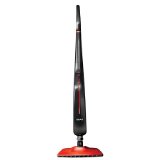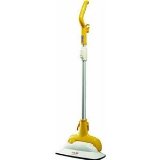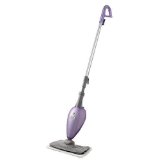
Using the Eureka Enviro Steamer - How to Get the Best ResultsMopping nowadays is made easy by using the best steam mop. One of the best options that you may start using at home or even in the office for your floor cleaning and sanitizing activities is the Eureka Enviro Steamer. However, if you want to get the best results from this hard surface steamer, here are a few things that you may need to take note of. This floor steamer is designed to clean floors thoroughly especially those which have hard surfaces such as ceramic, stone, marble, parquet, linoleum and even sealed hard wood floors. It is capable of taking off dirt and grime from these surfaces and can effectively sanitize them as well.
How to Properly Disinfect Floors with the Eureka Steam Mop Since it is also known for its disinfecting functions, you will also have to follow a few guidelines to effectively help you use this tool in performing this function. If you were to sanitize a specific area, you will have to place the steamer over the area for about 8 seconds. This specific amount of time allows the floor underneath the steamer to heat to about 170 degrees Fahrenheit. This amount of heat will enable your steamer to disinfect that particular areas making it free from bacteria, dust, dirt, mites, germs, and other harmful organisms present on these surfaces.
What Type of Floors it is Safe On and Which to Avoid Take note that the Eureka Enviro Steamer makes use of steam to clean and disinfect your floors. If you have surfaces which you usually treat with wax or for some that doesn't require this as well, floor steaming it may reduce its shine. To prevent this from happening, it is not recommended for you to use the steamer on unsealed wooden floors or not have the steam standing on such surfaces for a long period of time.
Maintaining Your Eureka Enviro Steamer Finally, to make sure that the Eureka Enviro Steamer stays in function for a longer period of time, it is essential that you use distilled water in the mop or else clean the tank on a monthly basis to eliminate any possible calcium deposits that may accumulate it in it.
|
Best Steam Mop Pick:
Best Budget Friendly Pick:

Steam Mop Reviews:
Articles:
Three Advantages a Steam Mop has Over a Mop and Bucket
Home Articles Steam Mop Buying Guide Privacy Policy Disclosures Resources Site Map











